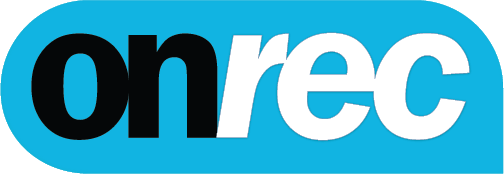You could be onboarding a developer in Vietnam, a marketer in Germany, or a customer service rep in South Africa. A seamless global hiring journey can make or break your employee’s early experience.
From the job offer to the first day, here’s how companies can create a global onboarding process that’s smooth and scalable.
Why Global Onboarding Deserves Its Own Starring Role
Onboarding might be walking your new hire around the building and showing them where the coffee machine is in a traditional office setup.
However, in a distributed team, especially in multiple countries with different time zones, onboarding becomes a multi-layered process. It involves legal compliance, cultural nuance, payroll processing, and clear communication.
Organizations that invest in strong onboarding processes increase new hire retention by 82%. And in the case of international hires, thoughtful onboarding helps build trust, fast.
When a new employee feels supported from the moment they sign the contract, they’re more likely to stay long-term and hit the ground running.
Step 1: Nail the Offer Letter
A global offer letter isn’t just a quick email with a salary figure. It must be compliant with the employment laws of the hire’s home country. This encompasses employment contracts, probationary period rules, benefits, and termination clauses.
Here’s where global payroll management becomes crucial. When hiring internationally, you can’t cut a check or do a quick wire transfer. You need systems that handle local tax and labor laws, international payroll, and benefits administration.
Remote, a global HR and payroll platform, explains that global payroll services ensure employees are paid accurately and on time. No burdening your internal HR team with hours of manual calculations.
Quick HR Hack
Use an Employer of Record (EOR) or a global payroll provider if you don’t have a legal entity in the employee’s country. This ensures compliance without the overhead of setting up a local office.
Step 2: Build a Pre-Boarding Experience That Excites
Once the offer is accepted, don’t let the momentum fizzle.
Pre-boarding is the period between acceptance and the employee’s first day. And it’s a prime opportunity to start building connection and clarity.
HR experts note that sending a welcome pack or sharing a “What to Expect on Your First Day” guide can go a long way in reducing first-day anxiety.
Essentials to Include in Pre-Boarding:
- Legal documents for a visa or tax registration
- Access to digital tools (Slack, HRIS, email)
- A global company handbook tailored to local laws and norms
- Optional: a buddy system to match new hires with peers in similar time zones
Step 3: Tailor Onboarding to Local and Cultural Contexts
One-size-fits-all doesn’t work across borders. What feels like a warm welcome in New York might fall flat in Tokyo.
That’s why effective global onboarding requires localization, not only translation.
Jobbatical says that onboarding practices should be mindful of local holidays, communication styles, and learning preferences.
For instance, while some cultures value formal training sessions, others may prefer hands-on collaboration or job shadowing.
Your onboarding plan should include:
- Country-specific compliance training
- Cultural awareness tips for managers and new hires
- Flexible timelines to accommodate different start days and working hours
Step 4: Automate the Admin (But Keep It Human)
Between tax forms, benefits sign-ups, and training schedules, there’s a lot of admin involved in onboarding.
The good news? Much of it can be automated. The better news? That gives HR teams more time to focus on the human side of onboarding, like building connections and clarifying expectations.
Some tools double as onboarding platforms, streamlining everything from bank account setup to digital contract signing.
Payroll systems that sync with HR and IT tools can trigger checklists, notify relevant teams, and keep compliance data in one place.
Step 5: Track, Tweak, and Talk
Onboarding isn’t a one-and-done process. It evolves.
Collect feedback from new hires across countries to see what’s working and what’s not.
A recent report from HRZone shows that companies that consistently update their onboarding approach see higher engagement and retention rates.
Simple surveys, informal check-ins, and milestone tracking can help you refine your global onboarding experience.
Payroll is becoming more complex as companies scale internationally. You’re dealing with different tax years, benefits laws, social security systems, and wage reporting obligations.
A mistake in Spain might mean a slap on the wrist. A blunder in Singapore could result in fines and operational shutdowns.
Investing in a trusted global HR system bodes well for your company's reputation. It shows new workers that you respect their time, their work, and their country’s laws






